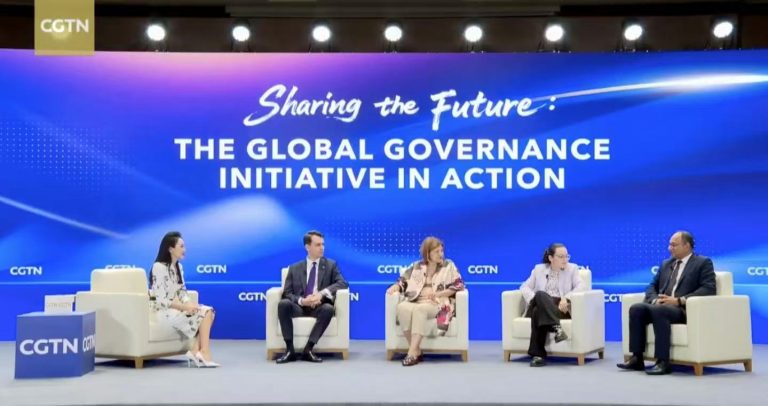Between Thursday 12th and Sunday 15th this month, Changsha city in Hubei province hosted the fourth China-Africa Trade and Economic Expo (CATE) under the theme “China and Africa: Together Toward Modernization.” Attracting over 750 exhibitors from the African continent, the event was a big success as measured by both its immediate objectives as well as in the grand scheme of things as we will now proceed to explore.
To begin with, there is something to say about the fact that the visiting countries were involved in the organization as much as Beijing was. African entrepreneurs were for instance, the ones that set up products in the showing places. Given the diversity of these goods (wool blankets, sweet pineapple bread, chili sauce, sapphires etc.), and that of the countries in attendance (Benin, Tanzania, Lesotho, Namibia, Malawi etc.), it would have been hubris for China to cut out everybody else from the process. Thankfully, those in-charge opted for pragmatism.
It is no wonder then that the numbers representing activity at the four-days come-together speak for themselves such that it cannot be merely passed off as another trade fair for which stakeholders had to attend mostly in honor of an annual tradition. The value of the cooperation projects arrived at hence, surpassed last year’s by over 200% and there number by 410%. And then of course, there were off-shoots that the expo influenced including roadside displays of commodities from among other sectors, manufacturing that the government of Kenya indulged in in five other of China’s provinces.
With scores of business leaders traveling to Changsha, CATE also served as a springboard for connectivity and collaboration. Kenya’s Cabinet Secretary for Investment, Trade and Industry Lee Kinyanjui put across this point well when he remarked that “The event provides a platform for interaction and sharing investment ideas that will lead to strategic partnerships, increase business linkages and enhance trade and investments.” To specify, Rwanda was able to hold special trade and promotional talks during the time that its representatives spent in Central China. The Angolan Embassy too confirmed that entrepreneurs from its countries and those of the Asian economic superpower spoke extensively over dinner.
The international nature of the exhibition (i.e. extending beyond Africa and China) cannot go without mention either. At least 11 organizations of global repute were in attendance for example. Most notably, the United Nations Assistant Secretary-General and Director of the Regional Bureau for Africa, Ahunna Eziakonwa graced the occasion. Posting on X upon delivering her speech, the UN official wrote; “Africa is ready with bankable, scalable & transformative projects. Now, China-Africa investment must rise to meet this ambition – deploying capital that fuels real development & shared prosperity.”
Finally, one should not forget about the position that CATE represents in terms of the broad China-Africa relations. Already, the communist country has been Africa’s biggest trading partner for the last sixteen years uninterrupted. It has also shown a remarkable commitment to the symbiotic relationship through policies such the provision of $20 billion in funding at last year’s Forum on China-Africa Cooperation (FOCAC). If the Economic and Trade Expo carried on at its present momentum therefore, not even the sky could limit China-Africa friendship.
One instance that could harness CATE in this way (and vice versa) is the recently announced intentions by Beijing to enter a full tariff waiver arrangement with all African states that have diplomatic ties with the state beyond the Least Developing Countries on the continent that are the exclusive beneficiaries of this setup as it stands. For future expos thus, African traders would have more incentive to take part since the profit margins of doing so would have increased.
Moreover, the expo’s momentum in part, directly stems from the resolutions entered at the 5th FOCAC summit particularly as regards to partnership action plans. This is the main reason as to why there was a deliberate effort to expand beyond agriculture and mining at the recently concluded Changsha expo. As Song Wei of Beijing Foreign Studies University has affirmed, this trajectory is geared at catalyzing Africa’s journey towards industrialization– goes back to the theme.
Evidently then, a lot took place in Changsha. It will thus be fascinating to see how the full implications of the 2025 CATE will unfold in the near future.
The writer is a research fellow at the Sino-Uganda Research Centre.



